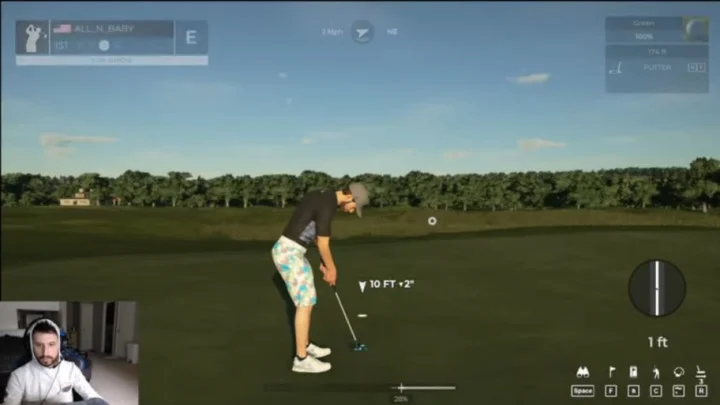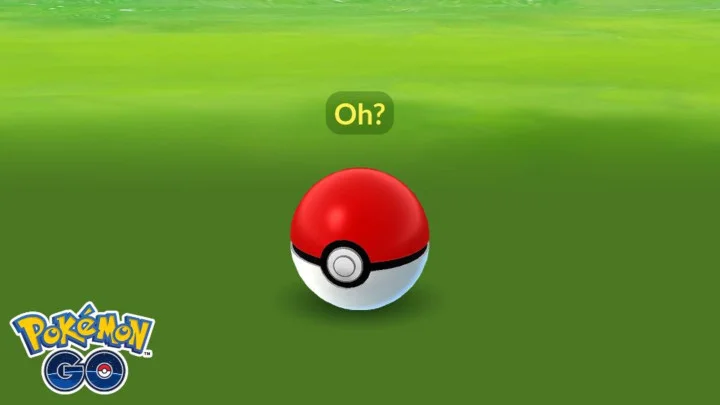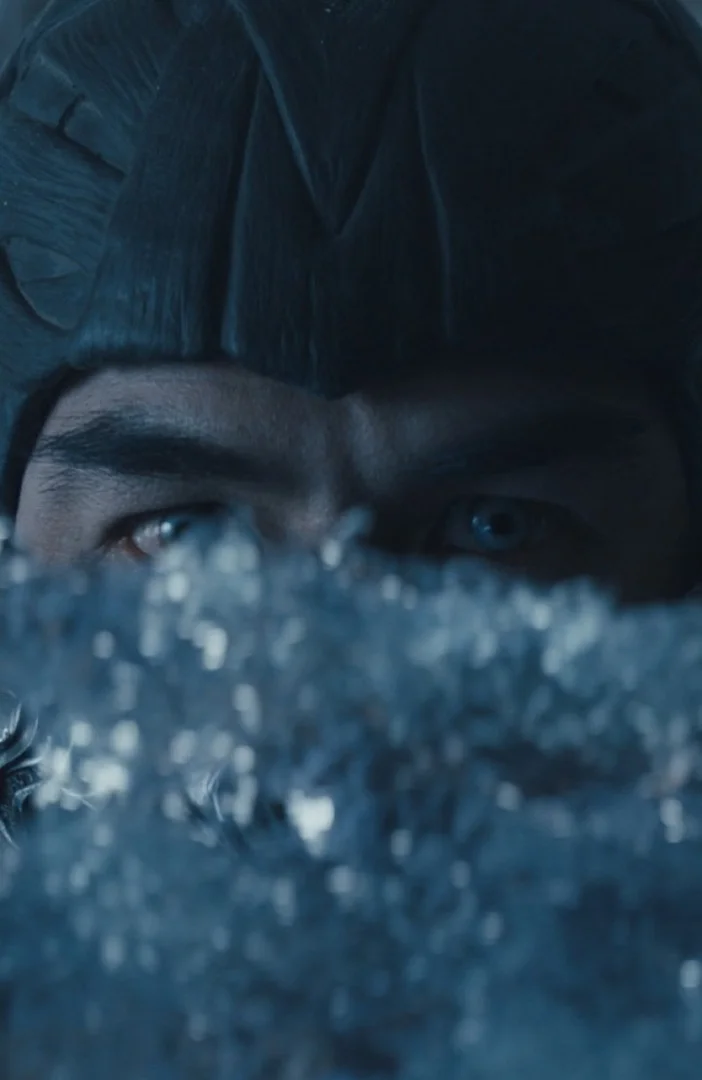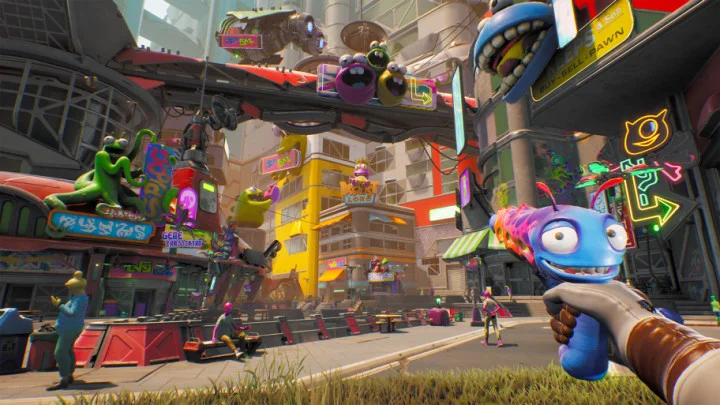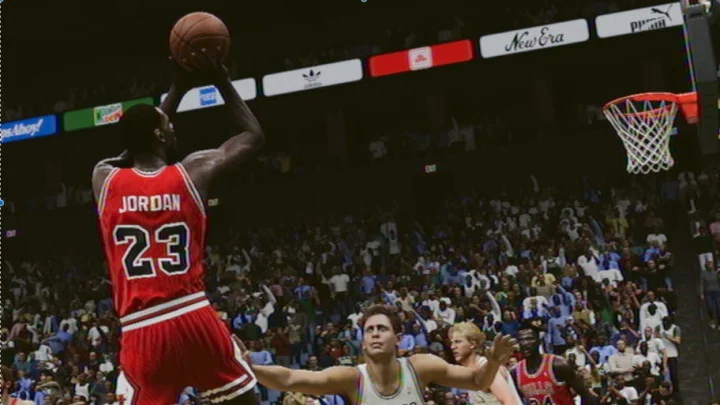When someone says the word ‘influencer,’ what comes to mind? The average person might imagine Kylie Jenner, Bella Hadid, or Matilda Djerf. Beautiful people who use their platforms of millions of followers to promote beauty products, skin care routines, yoga attire and the like.
Others might consider media personalities like Joe Rogan, or even YouTubers like Logan Paul to be influencers. As social media channels develop, evolve, and as the viewership of those channels increases, the definition of an influencer includes an increasingly large number of participants. It could be argued for instance that anyone who profits from original content is an influencer.
For the purpose of this article, influencers can be defined in such a way, or even someone motivated to create content in hopes of one day earning a brand partnership deal. The term gaming influencers will address these types of people whose content revolves around video games.
One thing that the general public might not automatically consider when the topic is breached, are gaming influencers. Well known to their fans and fellow gamers on platforms like Twitch and YouTube, influencers in the gaming sphere are largely left out of mainstream influencer conversations.
The website influencermarketinghub.com, which contends to offer “the latest Marketing news, tools and resources to enable influencers, agencies and platforms to connect and harness the power of Marketing,” publishes an annual report on Influencer Marketing, which can be downloaded on their website. The information in the 71-page report is a product of survey responses from thousands of brand representatives, marketers, and PR agencies. Examining their 2021 report, the word ‘game’ or ‘gaming’ is mentioned exactly four times.
Perhaps the type of clients that Influencer Marketing Hub deals with aren’t interested in partnering with gaming influencers.
Influencer marketing hub describes itself as “The #1 Influencer Marketing Resource for all Brands, Agencies and Platforms.” If this report is at all representative of current attitudes in the marketing industry, brands, agencies, and millions of so-called marketing industry professionals could soon have a lot of catching up to do.
Gaming and esports represent a huge emerging sector of the wider consumer marketplace. According to businessofapps.com, a website and organization that compiles data on–you guessed it–the business metrics of popular apps, 8 out of the 10 of the world’s top grossing apps in 2021 were mobile games, accounting for a whopping 78% of the revenue of the top 10. If more people in the world seem to have a gaming app on their phone, as opposed to a fashion one, a health and fitness app, or any other kind, the wager could be made that those same people would be interested in other games. And by that logic, who’s to say they wouldn't be familiar with someone who creates content surrounding video games?
We are at a weird time in the history of advertising right now. As social media platforms command more of our time and attention, we’re proving that we are willing to consume products that we see strangers promote on the internet. A lot of that promotion is genuine, especially in the case of smaller content communities.
Think about it. Would you rather buy an apple from an apple salesman or an apple farmer? You don’t know either person, just that they’re both making money off of it. But a lot of us would rather buy from the apple farmer because we assume it means more to him. He planted them, watered them and brought them to the farmers market.
Brands know this well. That’s precisely what they want to capitalize on. No wonder Mott’s trademarked the phrase ‘hand-picked goodness’ in 2004.
Now imagine the apple salesman lives on your street. He’s a good guy, you don’t know him too well but you like him. Your daughters play softball together. Maybe you see him out walking his dog, or at cookouts. Ignoring the existence of grocery stores in this imaginary universe, you might be more likely to buy your apples from him next time. Suddenly, those apple profits might mean more to him now. They might be helping him buy more softball cleats for his daughter with the laser arm, and you’re thinking playoffs.
In other words, the more genuine the person appears to be, the more likely we are to part with our money.
Today, brands have the opportunity for apple salesmen to do their selling right from our pockets, with all the homegrown appeal of the apple farmer. Smaller engagement doesn’t necessarily mean smaller profit anymore, as long as the brand and the influencer are the right match.
Tory Trombley is an up and coming Tik Toker with 59.5K Followers and 865.2K Likes on the platform. Tory’s content is a mix of luxury London lifestyle exposé, and well-informed career advice on how to break into the Tech industry. When a creative outlet offered an opportunity to make money, Tory committed. Her channel continues to grow as a direct result.
In her opinion, “It’s the wild west of the internet right now because there is so much pent up demand on both sides. To me the industry is still very underdeveloped, very nascent and very unsaturated, still.”
This might be at odds with common thinking. Anyone with a social media account knows how easy it can be to follow more and more people you don’t actually know. To some it might seem like too many, but on the other hand, why wouldn’t you? The more people we follow, the more content comes across our eyeballs. And on Tik Tok, the more specific that content stream becomes.
It's well known that brands favor smaller influencers for their more closely knit communities and their ability to more reliably convey feelings of intimacy and authenticity to their audiences. Compared to Tik Tok, gaming creators on Twitch, YouTube, and their communities, can be even smaller to command brand attention.
Allnbaby is an up-and-coming streamer with one thousand followers on Twitch and several dozen more on YouTube. He toes the line between being a gaming-focused streamer and a lifestyle streamer. Still in his early days of content creation, he is by no means a pro gamer. With his two pronged approach, he broadcasts live gameplay of GTFO - a cooperative horror shooter, at least once a week. He also has an interest in golf, streaming all four major golf tournaments on Twitch, and also occasionally streaming gameplay of PGA Tour 2K21.
Having left his job this past spring to pursue content creation on a more full time basis, allnbaby was eager to bring his brand to the world. Beginning with the broadcast of the Masters tournament in April, fans watched as this quirky, skinny guy from Indiana shared tons of laughs, golf advice, and a whole lot of love with the fans who tuned in. As viewers made contributions in the form of bits, donations, and subs, Allnbaby’s heart sored. The hype train got rolling several times. When asked about the most money he earned during a stream, he declined to give an exact figure, but a review of his channel suggests that figure might be as high as several hundred dollars.
Although this is surely enough to make a difference once in a while, especially for a day or two of streaming, allnbaby needed to get his views up in order to attract formal brand participation. But by how much, might be surprising.
According to research carried out by Zach Bussey in 2021, to be in the top 3% of all streamers on the platform, streamers need to average 11 viewers over a 90 day period. Although that metric has likely increased, as nearly all twitch metrics have in the last year, allnbaby has averaged about 40 viewers per stream over the last month.
Just recently, allnbaby finalized his first brand deal to promote Rogue Energy Drinks. When asked about what level of engagement on Twitch could attract brand attention, allnbaby replied “I think people are able to get sponsorships once they have a decent following. I would say someone on twitch or youtube with 10 subs or followers can start looking into sponsors because they finally have the viewership to make it worthwhile for the company sponsoring them.”
His, like Tory’s, is a genuine community, albeit on a significantly smaller scale. The difference is that very few Tik Tokers with even 1000 followers are attractive to brands in any capacity.
Although both Tory and allnbaby are in different early stages of their creator journeys, they both recognize that as viewership increases, so will the money, but only so far as their marketing is genuine. Tory stressed the importance of keeping her product recommendations genuine, explaining that she only accepts a brand brief if she believes her followers could benefit from the product or service. Allnbaby had more or less similar thoughts saying, “I don't use sponsors or the opportunity to have sponsors as a motivational factor because I just enjoy streaming and talking with people across the globe.”
As if keeping it real wasn’t difficult enough, the potential downsides of pursuing content creation for money are aplenty. First and foremost it's a whole lot of grind before the offers even start to come in. Not to mention the ruthless algorithms of Twitch, Tik Tok, and other platforms that seem to punish creators for not posting frequently enough. With all his charisma, allnbaby could easily be well on his way to a second or third brand partnership, were it not for some recent health problems that saw him to return to the workforce, causing his level of engagement to decrease.
Another inherent difficulty is that influencers are not always business people. With so much opportunity in such an open market, it's often hard to define value. Many influencers receiving briefs have gone quickly from being an ordinary person with a camera phone to a semi-celebrity. They more than likely aren’t prepared for official negotiations.
Along with that, brands, especially smaller ones with their eyes on niche communities, may lack the infrastructure to take advantage of this still emerging space. In Tory’s experience, “the people setting the strategies and the prices and the ways of engaging with influencers and with brands are the influencers themselves and we don’t really know the best ways of proceeding in a lot of places.”
For brands and influencers alike, now is the time to become educated in the gaming space. Michelle Sempiski, a Senior Brand Manager at Head and Shoulders for the UK market agrees.
In recent years, Michelle has noted that customers are responding more and more to influencer marketing, specifically in the gaming space, by buying products. According to her, “Head and Shoulders and all PNG haircare and beauty brands have been increasing the percentage of their budgets that is spent on gaming media and gaming influencers both as a percentage of total spend and in absolute dollars.”
Reasons she gave for the rise in demand are the growth of gaming in general, because those communities are so niche and tight knit relative to other platforms, and because they are convincingly authentic. Easy enough to see for someone with access to mountains of consumer data and marketing material, but she’s right.
If smaller brands can become more structured in their partnership offerings in the gaming world, streamers and creators on Twitch, YouTube, and elsewhere are well positioned to provide value to them. And if they can maintain the authenticity of those communities, they will grow. If paired responsibly, influencer wallets, advertiser commissions and brand profits are sure to rise as well.
When asked how much those numbers could go up, Michelle’s eyes turned upwards, saying, “soon it will be so much more.”
This article was originally published on dbltap as Gaming Influencers and the Growing Appeal for Brands and Marketers.

